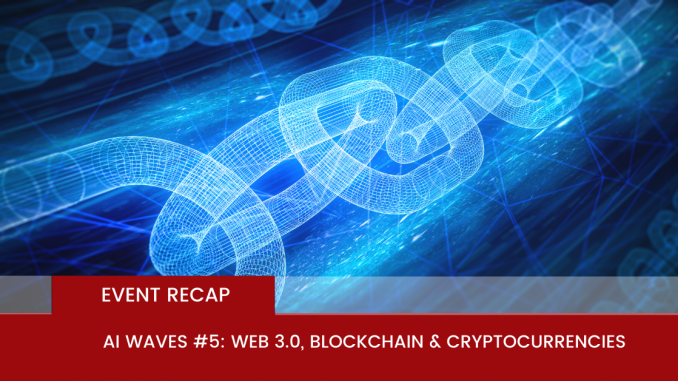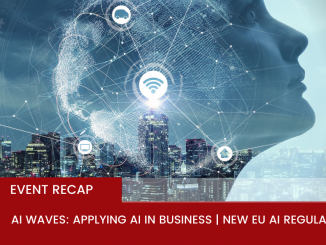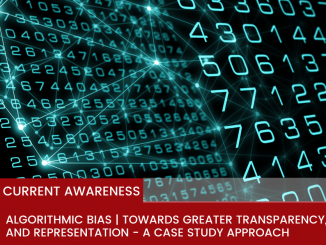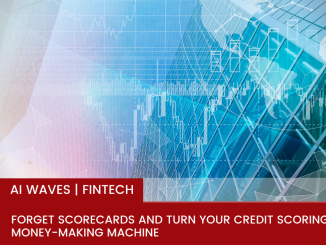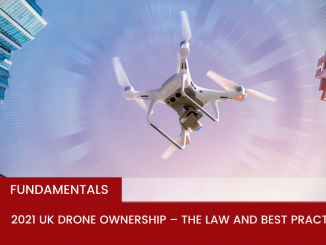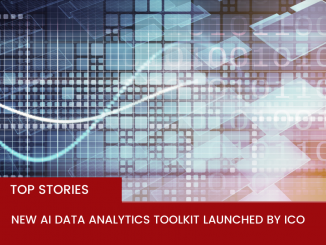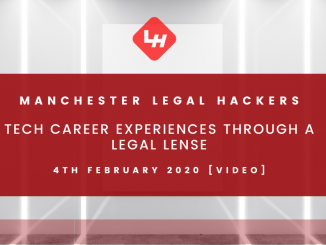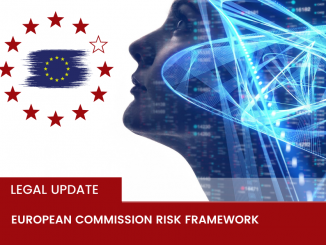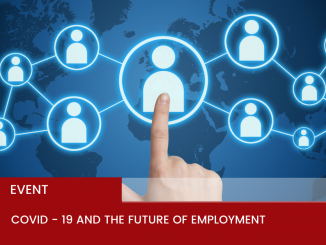Could you be a victim of algorithmic discrimination without even realising it?
Algorithms are increasingly being used in more settings than ever before and they are often relied upon to make snap decisions on future events, based of patterns found in historic data.
Understandably though, whilst the potential for automation and predictive analytics in decision making is vast; A rise in the adoption of algorithms has also brought with it increased risks of over reliance and social harm as algorithms continue to take an ever more prominent role in our lives.
AMZN.O’s recruiting algorithm and the the use of AI algorithms by the police are just two examples that have helped cast a spotlight on the falibility of automated system design. Most importantly, depending on how they are created, algorithmic errors can to not only reflect present and historic social issues, but aggravate them also. These risks and effects, will need to be closely monitored to prevent repeating human errors in an irreversible way.
Join WiBrief In this latest article where we adopt a case study approach to deep dive into recent high profile cases of algorithmic use and misuse:
We cover:
1. What are algorithms,
2. The algorithmic problem – systematising bias in code,
3. What is ‘Algorithmic Bias’ and the different types of bias,
4. AMZN.O’S recruitment Case study
5. The Legal Context
6.The Social Context
7. Outlook: The need for standardising an approach for detecting and measuring algorithmic Bias.
8. Key takeaways
Read the full article here:
https://wibrief.com/?p=7539
If you enjoyed this article, then look out for our upcoming coverage of the recent changes in AI Regulations, covered by AI WAVES
Read the full article here. …
